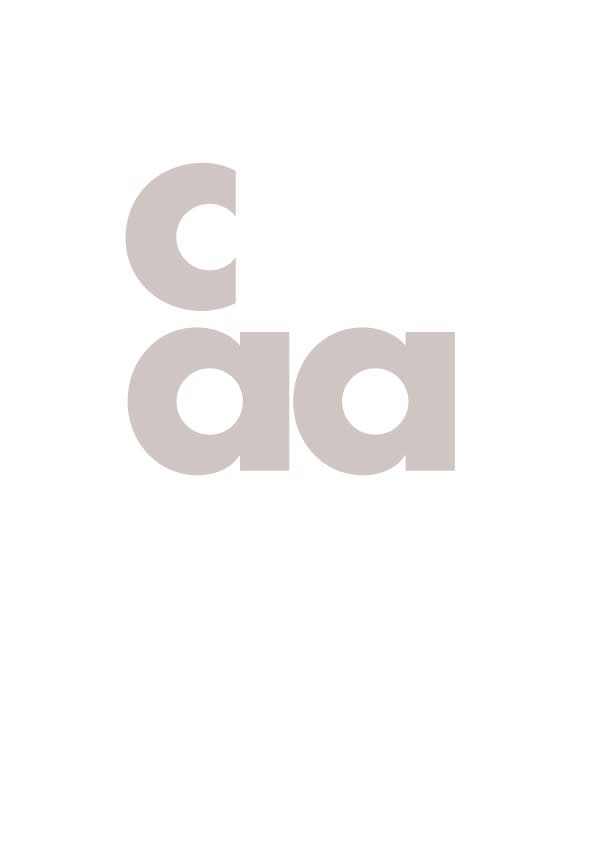Over the past year during lockdown, Ali has been exploring the eight remaining pieces of common land in Hackney and recording these walks with photographs, drawing, writing and sound. These audio recordings were the starting point for a series of woven pieces made about these ancient patches of land. This exhibition features new work created in response to these walks, and is a celebration of land fought for and preserved for the people of Hackney.
The Ali Holloway exhibition Commons – The Rhythm of a Walk at the CAA gallery in Marylebone highlights new work by textile artist Ali Holloway.
Much of Ali’s work starts with a walk and telling the story of a landscape, either natural or manmade and how it has been shaped by human interaction.The resultant woven pieces seek to make connections with the world around us. Our bodies are intertwined with the physical space we inhabit and in turn collective memory is embedded in the land.
The connection between the body and cloth is of the most basic kind and so the making of textiles lends itself to exploring these spaces where so much human life has passed. The repetition in the act of weaving, like the rhythm of walking, draws in time and opens up space for remembering.
Over the past year during lockdown, Ali has been exploring the eight remaining pieces of common land in Hackney and recording these walks with photographs, drawing, writing and sound. These audio recordings were the starting point for a series of woven pieces made about these ancient patches of land. This exhibition features new work created in response to these walks, and is informed by the historical and continuing need for preserving common land for everyone. Looking at old maps of the area it can be seen that the physical shapes of the commons have not changed over time and their boundaries remain intact. Ali’s work in this exhibition is a celebration of land fought for and preserved for the people of Hackney. A testament to those endeavours and a reminder of a past way of life. But also they look to the future giving focus to sense of identity, community and a connection to green space and nature.




